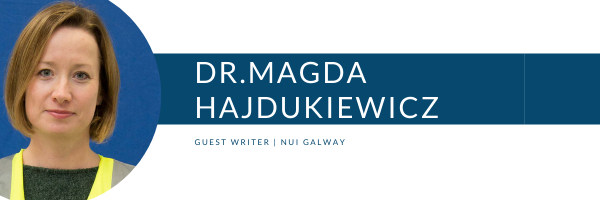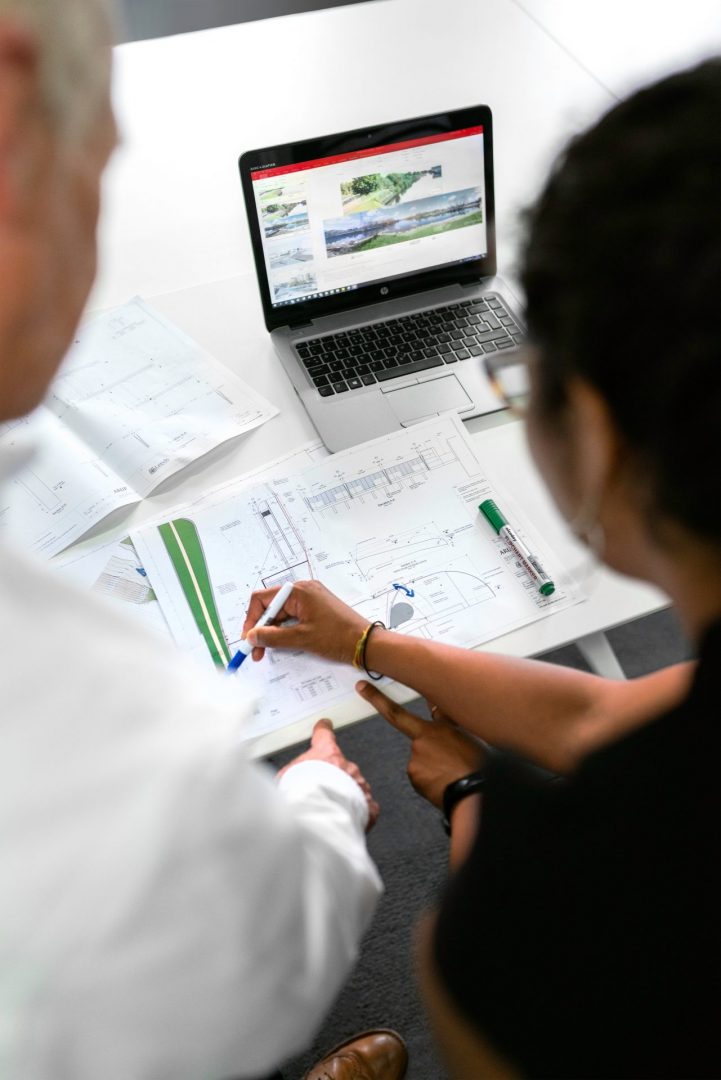
As said by the President of Ireland Michael D. Higgins in his 2018 inauguration speech ‘We face many challenges which go beyond borders, require cooperation at a global level but affect and can be affected by the lives of every person in every local place’. The challenges, such as those of poverty, inequality, climate, and environmental degradation, prosperity, peace, and justice1, must be tackled at international, national and local levels to create a better and more sustainable future. The future, where the level of consumption is balanced with environmental resources; equality, freedom and healthy standards of living in society, is the norm; and a stable economy serves all citizens and enables society to develop in a balanced way. These global challenges demand immediate and disruptive innovation. Digital transformation and engineering simulation are key to disruptive innovation. Engineering simulation supports improved designs and operations, optimised maintenance and accelerated innovation. It allows ‘design for life’ and can help in the transition to a more sustainable future.
Engineers currently play and will continue to play a significant role in tackling the challenges faced by humanity. Engineers are involved in the planning, design, construction, hand-over, operation, change of purpose/retrofit and end-of-life of infrastructure, products, and systems that surround us which we use every day. Considering climate change and biodiversity degradation, engineers are uniquely placed to utilise advanced methods and tools to reduce resource depletion by increasing the efficiency of infrastructure, products, and systems during their full life cycle.
One example where a sustainable approach can be adopted is the built environment. People spend almost 90% of their time in buildings2, which are responsible for approximately 40% of energy consumption and 36% of CO2 emissions in the EU3. When designing new or retrofitting existing buildings, it is crucial to maintain safe, healthy, and comfortable conditions in buildings while significantly reducing their carbon footprint. Moreover, serious consideration must now be placed on the environmental impact of materials/products used within buildings, which for example, could have higher embodied energy than that associated with operating the building over its design life.
Tools such as building information modelling (BIM), building performance and computational fluid dynamics (CFD) simulation allow for more efficient and sustainable building design and operation. BIM is a process of creating and managing all information during a building/infrastructure project life cycle. BIM can provide data necessary for the embodied energy/carbon assessment of building materials. Furthermore, utilising building performance simulation, either structural or energy simulation, allows for estimating and, more importantly, optimising building performance. This can be done by reducing the number of building materials and their embodied energy/carbon (structural performance simulation), and reducing operational energy/carbon through adapting integrated passive design solutions (energy simulation). Finally, CFD simulation is crucial in investigating indoor environmental conditions and thermal comfort. CFD models can help to ensure adequate ventilation and thermal environment, and provide safe, healthy and comfortable indoor conditions for building users.
Engineering modelling and simulation methods can be very powerful tools to design and optimise buildings. However, if models are developed without following systematic methods or by inexperienced users, their results are only ‘pretty pictures’ and should not be relied on for building design/operation. It is imperative that all computational models are developed and validated according to standards, guidelines and best engineering practice.

Sources: 1 United Nations Sustainable Development Goals, 2015. [Online] Available: https://sustainabledevelopment.un.org/. 2 U.S. Environmental Protection Agency, 1989. Report to Congress on indoor air quality: Volume 2. EPA/400/1-89/001C. Washington, DC. 3 Official website of the European Union, 2019. [Online] Available: http://www.europa.eu.


